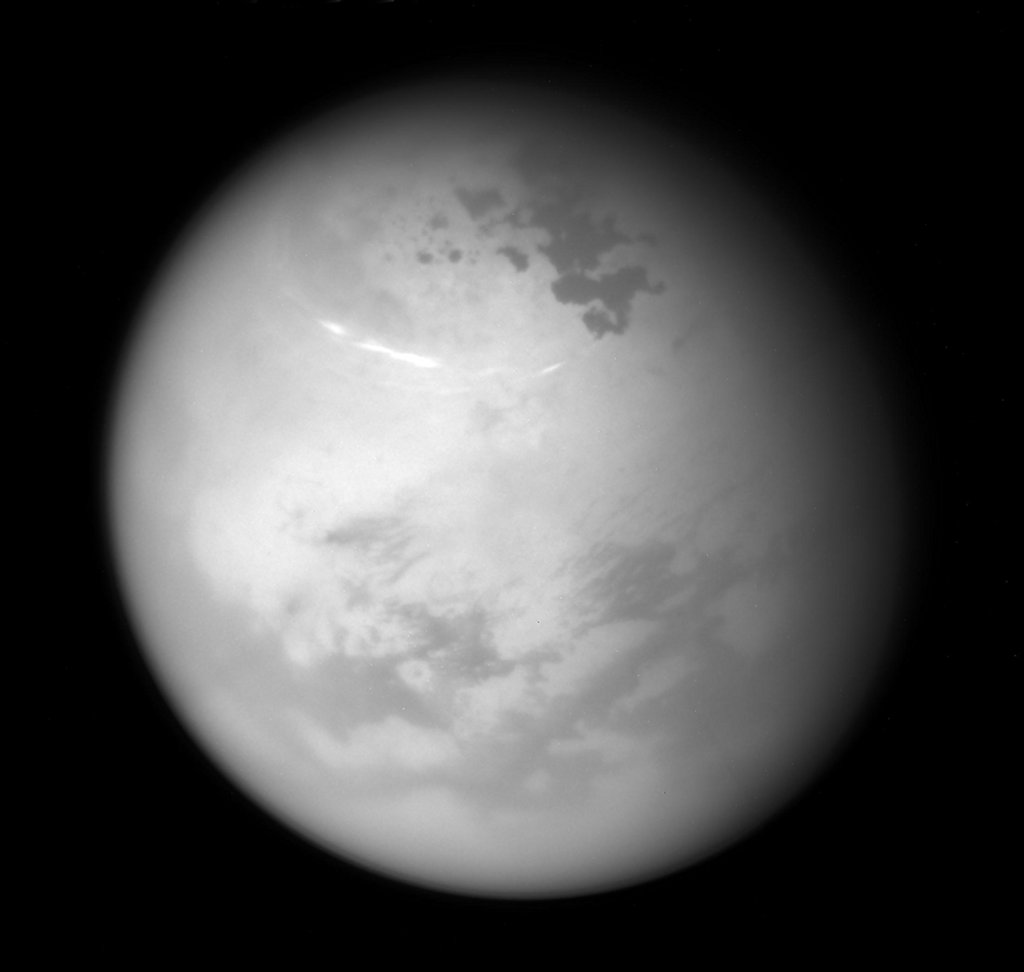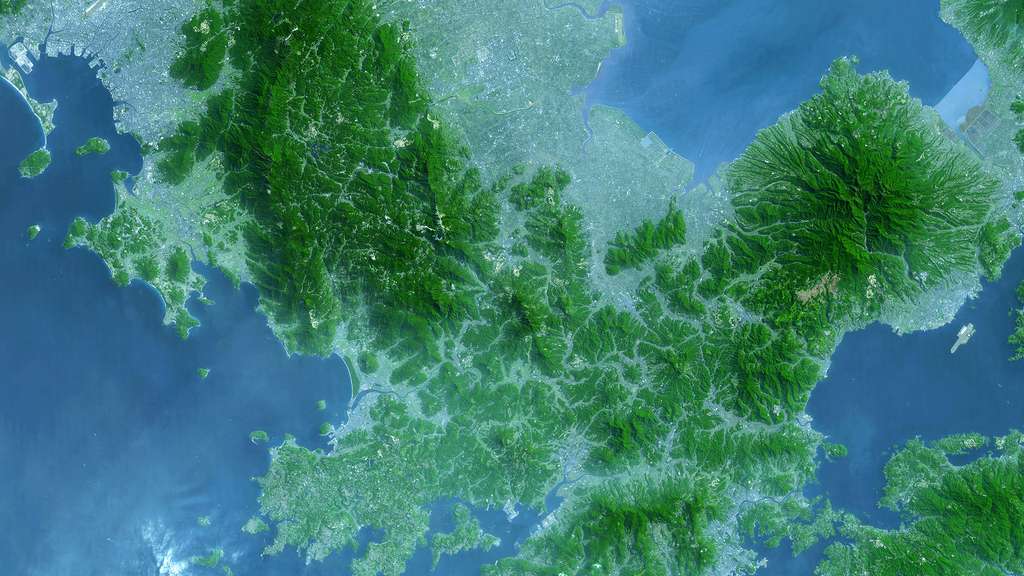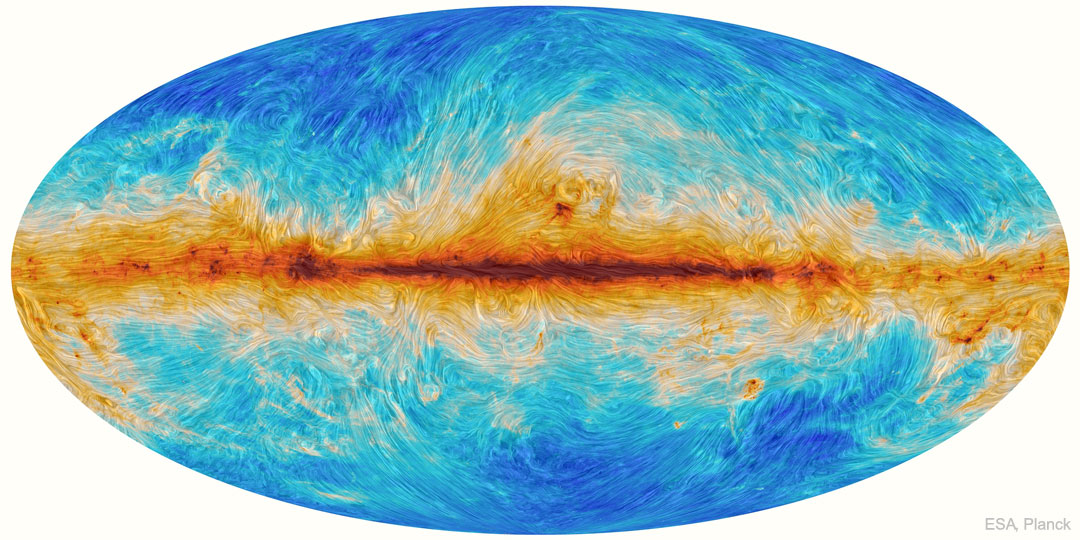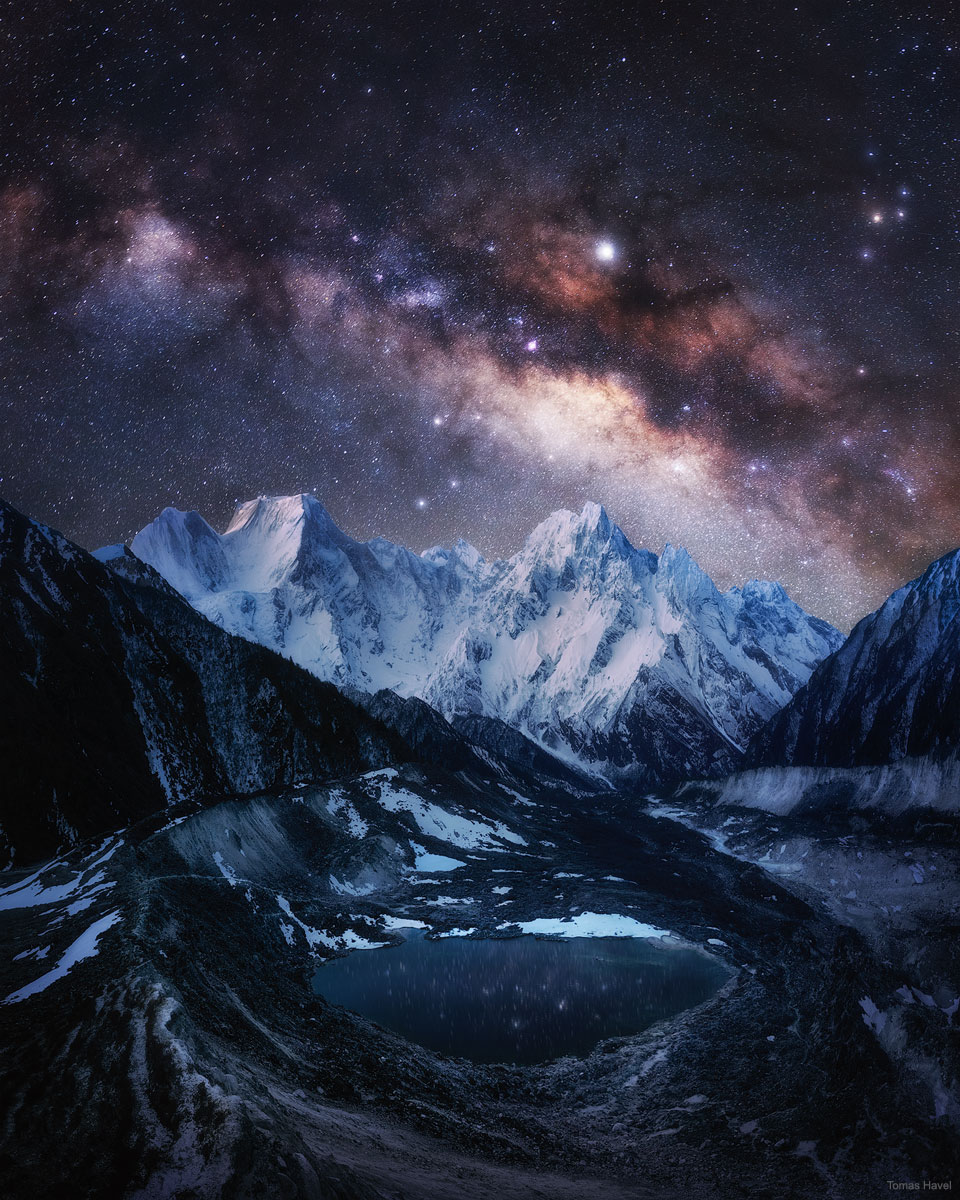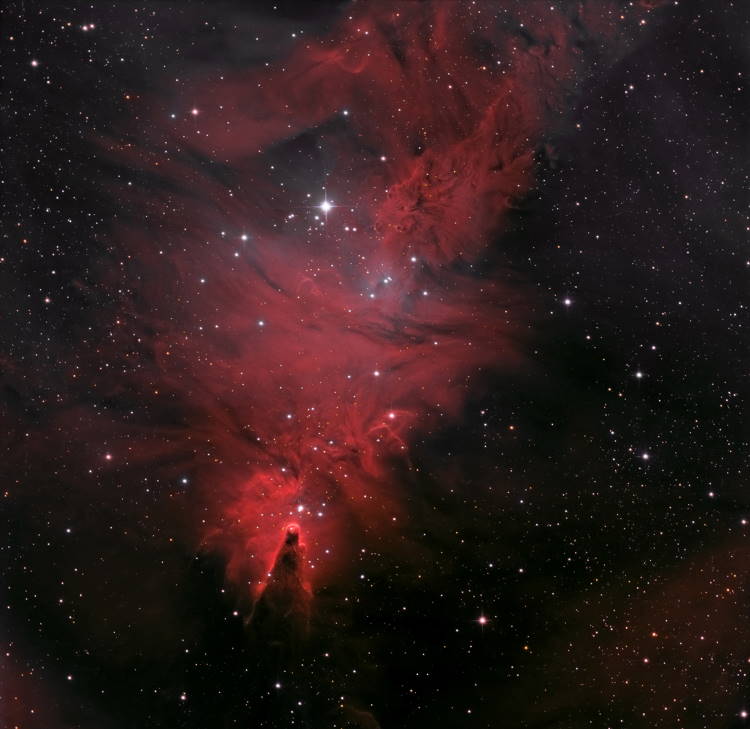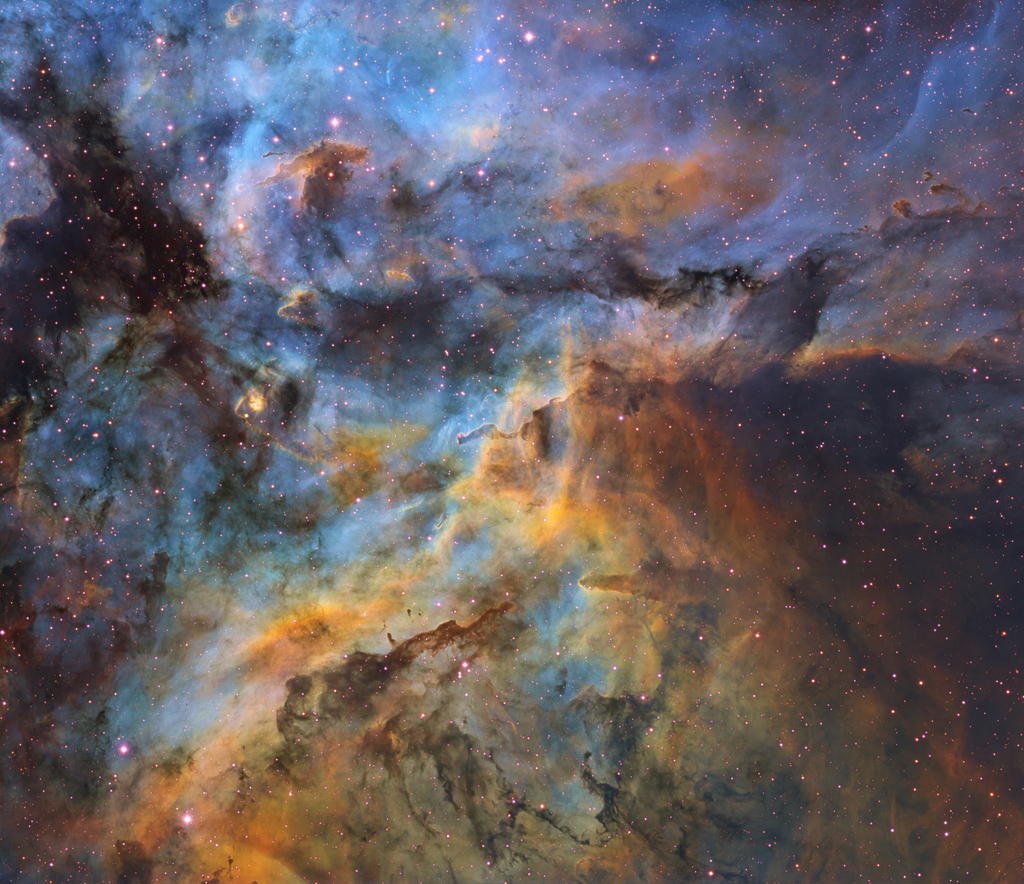En médecine, de nouveaux médicaments contre les maladies génétiques très rares sont en train de voir le jour. L'un des premiers cas est celui de Mila Makovec, une jeune fille souffrant d'une maladie génétique unique, qui a reçu un traitement conçu spécifiquement pour elle.
Remplacer, modifier ou supprimer des gènes n'a jamais été aussi facile. Reste à répondre à une question cruciale: qui paiera pour ces médicaments alors qu'ils n'aident à chaque fois qu'une seule personne et demandent de lourds investissements humains?
Les capitalistes i.e. les laboratoires s'interrogent...
